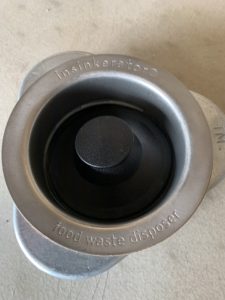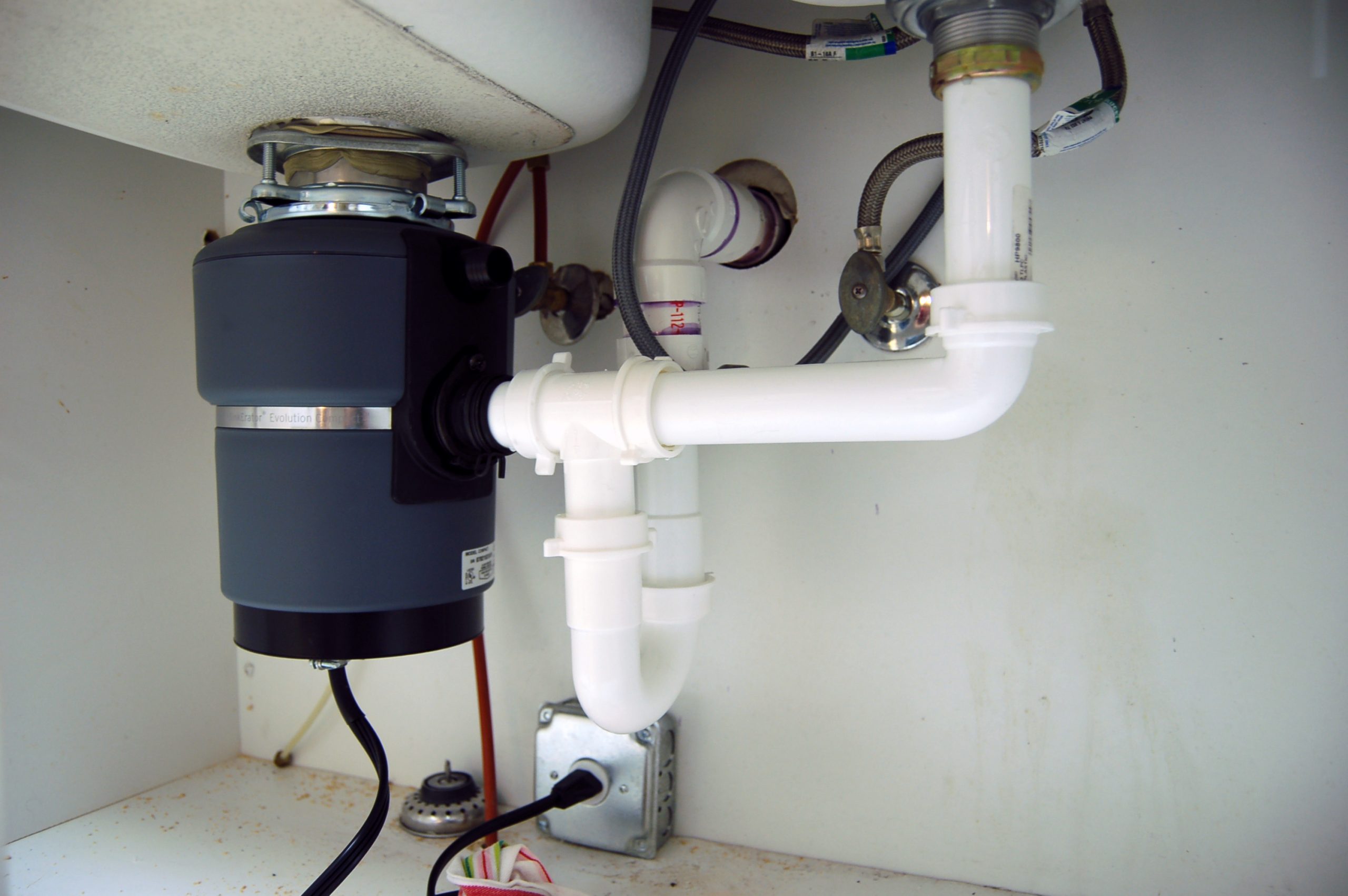Your Guide to Resolving a Leak in Your Garbage Disposal
Your Guide to Resolving a Leak in Your Garbage Disposal
Blog Article
They are making a number of good pointers on The Handy Guide To Fixing Your Garbage Disposal Leaking as a whole in the content just below.

Waste disposal unit are essential kitchen area devices that aid in throwing away food waste efficiently. However, a leaking garbage disposal can be a discouraging and messy trouble to take care of. Luckily, numerous leakages can be repaired quickly with a couple of basic actions. In this write-up, we will certainly talk about how to take care of a dripping garbage disposal effectively.
Intro
Garbage disposals are mounted under kitchen sinks and are created to shred food waste right into smaller sized items, enabling it to go through the pipes system conveniently. While these tools are usually reputable, leakages can take place over time because of deterioration, loose links, or damage to the device.
Step-by-Step Guide to Fixing a Dripping Garbage Disposal
Switch off the Power
Before attempting any repairs, guarantee that the power to the waste disposal unit system is turned off to avoid the danger of electrical shock.
Situate the Leak
Identify the precise place of the leakage and figure out the reason
Tighten up Links
Make use of a wrench to tighten up any kind of loosened links in between the disposal system and the plumbing system.
Replace Seals or Gaskets
If the leakage results from used seals or gaskets, get rid of the old elements and replace them with new ones.
Patching Splits or Openings
For fractures or holes in the disposal device, usage epoxy or a suitable patching material to secure the damaged location.
Determining the Source of the Leakage
Before trying to take care of a leaking garbage disposal, it is important to determine the resource of the leak. This can usually be done through aesthetic examination or by carrying out simple tests.
Visual Assessment
Check the garbage disposal system carefully for any type of indicators of water leak. Pay close attention to areas around seals, gaskets, and link factors.
Testing for Leaks
One way to check for leakages is by running water with the disposal device and looking for any kind of noticeable indicators of leak.
Usual Causes of Leakages in Waste Disposals
Worn Seals and Gaskets
Seals and gaskets play an essential role in avoiding water from leaking out of the waste disposal unit. With time, these parts can degrade, resulting in leaks around the disposal device.
Loose Links
The connections in between the waste disposal unit and the plumbing system can come to be loose over time, creating water to leakage out during procedure.
Cracks or Openings in the Disposal Unit
Physical damages to the garbage disposal, such as fractures or openings in the housing, can additionally result in leakages.
Devices and Materials Needed for Dealing With a Leaking Garbage Disposal
Prior to starting the repair work procedure, collect the necessary tools and products, consisting of a screwdriver, flexible wrench, plumbing technician's putty, substitute seals or gaskets, and epoxy or patching product for fixing splits or openings.
Examining the Garbage Disposal After Repair
When the repair service is full, evaluate the waste disposal unit by running water via it to guarantee that the leak has actually been settled.
Preventive Upkeep Tips to Stay Clear Of Future Leakages
To avoid future leaks, it is necessary to carry out regular upkeep on your waste disposal unit. This includes maintaining it tidy, preventing putting non-food things or difficult objects down the disposal, and occasionally checking for leakages or other concerns.
Final thought
In conclusion, dealing with a leaking waste disposal unit is a relatively uncomplicated process that can be finished with standard tools and products. By following the steps laid out in this article and practicing preventative maintenance, you can keep your waste disposal unit in good working problem and avoid costly repair services in the future.
HERE’S HOW TO FIX YOUR GARBAGE DISPOSAL
WHAT TO DO IF SOMETHING IS STUCK IN YOUR GARBAGE DISPOSAL
If the impeller won’t turn, there’s probably something stuck in the disposal. It could be a steak bone or peach pit, although plumbers report pulling all sorts of inappropriate objects out of disposals, such as bottle caps or aluminum foil. Make sure power to the disposal is off, and look inside to see if you can see the source of the jam.
Never stick your fingers in a disposal. Pull out anything you see with tongs or pliers.
If the disposal still won’t work, it may be time to call a plumber or consider buying a new disposal. GEM Plumbing & Heating is here for all of your garbage disposal needs.
WHAT TO DO IF YOUR GARBAGE DISPOSAL DRAIN IS CLOGGED
Take everything out from underneath your sink and put a bucket or other container under your disposal to catch any water that drains out. Disconnect your disposal from the power supply. If it’s plugged into a wall outlet, unplug it. If it’s hardwired into an electrical box, go to the electrical panel and turn off the breaker for the disposal. Pour ¼ cup of baking soda into the drain, followed by ½ cup of white vinegar. Give the solution a few minutes to fizz and do its work. Look into the disposal with a flashlight to see if you can see an object that might be causing the clog. If you see it, remove it using tongs or pliers. MORE TIPS ON DEALING WITH A CLOGGED GARBAGE DISPOSAL
Never use drain cleaner in a garbage disposal. It can damage the plastic parts inside the disposal. You can also be splashed with the caustic liquid while working to clear the clog. Beware! Never stick your fingers into a garbage disposal. Trust us — not a good idea. In many instances, your dishwasher drains through your garbage disposal. This allows the disposal to grind any large food particles that may be drained out of your dishwasher. There are some jurisdictions, however, where the plumbing code prohibits such a connection. WHAT TO DO WHEN YOUR DISHWASHER DRAINS THROUGH THE DISPOSAL
Run some water in the sink so your plunger has at least a ½-inch of water to create a seal and plunge vigorously up and down several times. You may need to repeat this several times. Run hot water down the drain to clear any residue that remains.

We hope you enjoyed reading our post about Why Is . Thank you so much for taking a few minutes to read our article. Enjoyed our entry? Please share it. Let another person discover it. Thanks so much for going through it.
Call Today Report this page